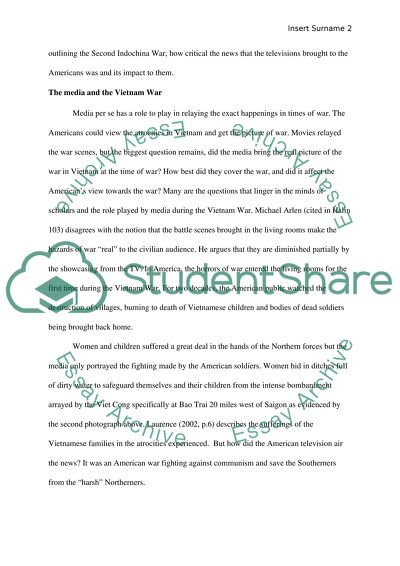Cite this document
(“The role of the media in Vietnam: the television and the war news Research Paper”, n.d.)
The role of the media in Vietnam: the television and the war news Research Paper. Retrieved from https://studentshare.org/journalism-communication/1445524-the-role-of-the-media-in-vietnam-the-television-and-the-war-news
The role of the media in Vietnam: the television and the war news Research Paper. Retrieved from https://studentshare.org/journalism-communication/1445524-the-role-of-the-media-in-vietnam-the-television-and-the-war-news
(The Role of the Media in Vietnam: The Television and the War News Research Paper)
The Role of the Media in Vietnam: The Television and the War News Research Paper. https://studentshare.org/journalism-communication/1445524-the-role-of-the-media-in-vietnam-the-television-and-the-war-news.
The Role of the Media in Vietnam: The Television and the War News Research Paper. https://studentshare.org/journalism-communication/1445524-the-role-of-the-media-in-vietnam-the-television-and-the-war-news.
“The Role of the Media in Vietnam: The Television and the War News Research Paper”, n.d. https://studentshare.org/journalism-communication/1445524-the-role-of-the-media-in-vietnam-the-television-and-the-war-news.


